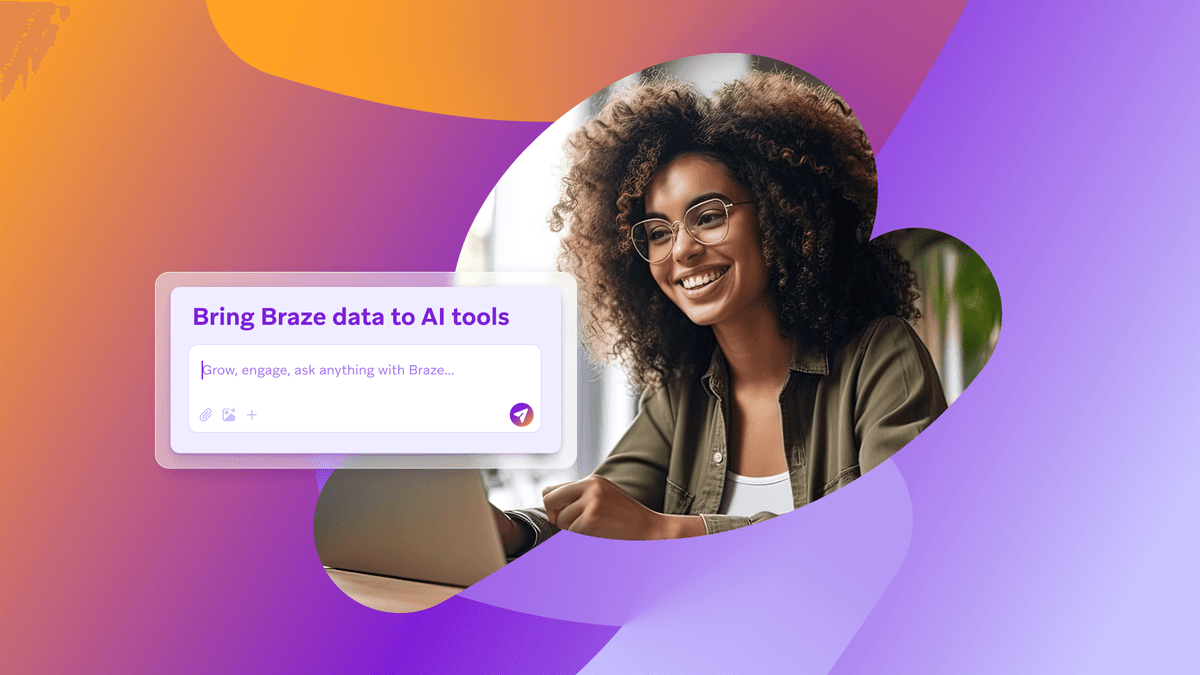How Customer Engagement Models Help Businesses Build Lasting Relationships
Published on March 28, 2025/Last edited on March 28, 2025/14 min read
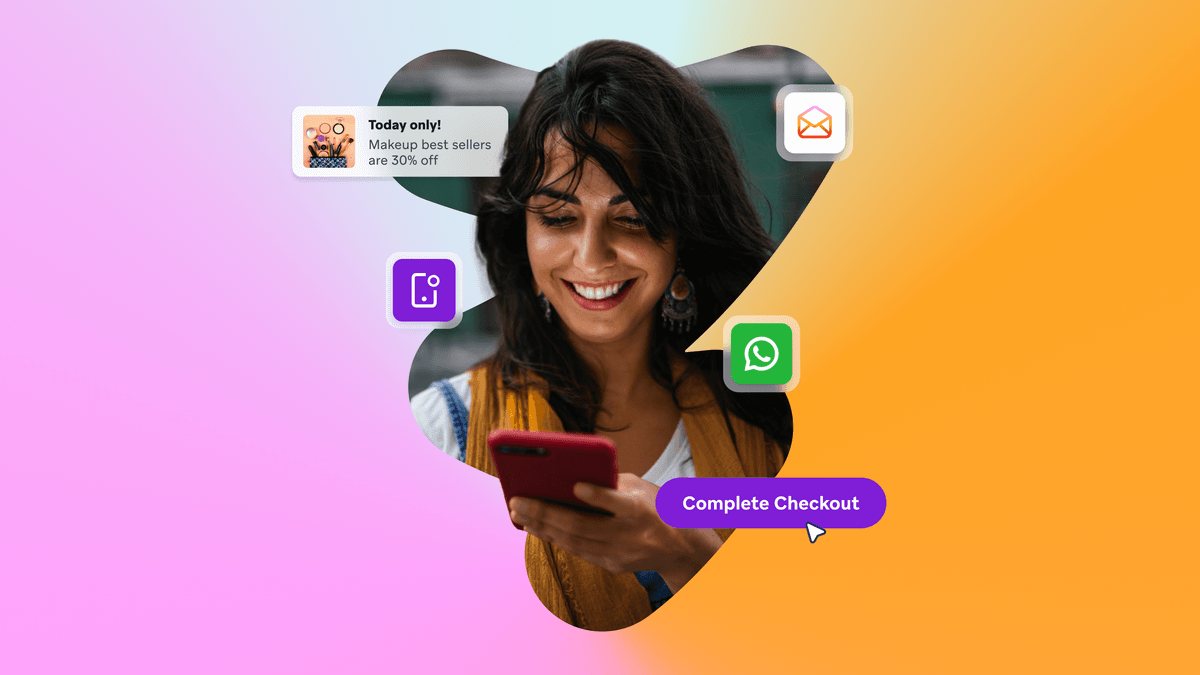
Published on March 28, 2025/Last edited on March 28, 2025/14 min read

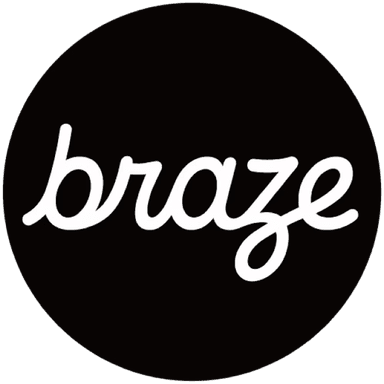
How do brands cut through the noise, when customers today are flooded with more choice and information than ever before? A great product or service is no longer enough. What truly sets businesses apart is how they connect with their audience and that’s where customer engagement models come in.
These models help businesses connect meaningfully by understanding customer needs, preferences, and behaviors. B2B and B2C engagement models may differ, but the right strategy does more than drive interactions—it builds trust, loyalty, and long-term retention.
This article explores key customer engagement models with real-world examples to help you build an effective strategy.
What is a customer engagement model?
Why do customer engagement models matter?
4 Real-life customer engagement models giving winning results
How to choose the right customer engagement model
A customer engagement model is a framework for building customer relationships at every stage of their journey in order to drive acquisition, monetization, and retention.
The purpose of a customer engagement model is to create a positive experience for individuals, so that they remain loyal, keep coming back, and recommend you to others. It helps make your brand stand out through meaningful customer connections.
A well-designed customer engagement model can improve many metrics, including trial conversions, customer satisfaction, revenue per customer, and retention.
Rather than waiting for customers to engage, businesses can be proactive—offering support, gathering feedback, and leveraging data-driven insights to improve continuously. A cross-channel approach makes this even more effective as customers interact with brands across a variety of channels.
With the right customer engagement model, you can:
A B2B customer engagement model is a strategic framework designed to foster meaningful relationships between businesses and their customers throughout the customer journey. B2B engagement emphasizes building trust, understanding complex needs, and delivering tailored solutions that drive long-term partnerships. This model typically involves a cross-channel approach, utilizing various touchpoints such as email, webinars, personalized content, and direct sales interactions to create a seamless experience for customers.
Key components of a successful B2B customer engagement model include identifying high-value actions (HVAs) that indicate deeper engagement, such as attending a demo, requesting a proposal, or participating in a feedback session. Businesses should also segment their audience to tailor communications effectively, so that messaging resonates with different stakeholders within client organizations. Additionally, leveraging data analytics to monitor engagement metrics—like customer lifetime value (CLV) and retention rates—enables companies to refine their strategies continuously.
Ultimately, a robust B2B customer engagement model not only enhances client satisfaction and loyalty but helps drive revenue growth by aligning business objectives with customer needs.
KFC, with over 30,000 restaurants worldwide, has more than 1,000 outlets in India, a key growth market. To boost engagement and conversions on its mobile app, KFC India sought innovative ways to enhance customer interactions without heavy technical investments.
KFC India aimed to increase app engagement and conversions while reactivating its existing customer base.
Leveraging India's growing online gaming trend, KFC India launched the "Bucket It" campaign—a gamified experience offering rewards like free menu items and discounts. The game was promoted through:
SMS: Biweekly messages targeted users likely to engage in new transactions and reminded those who hadn't responded in seven days.
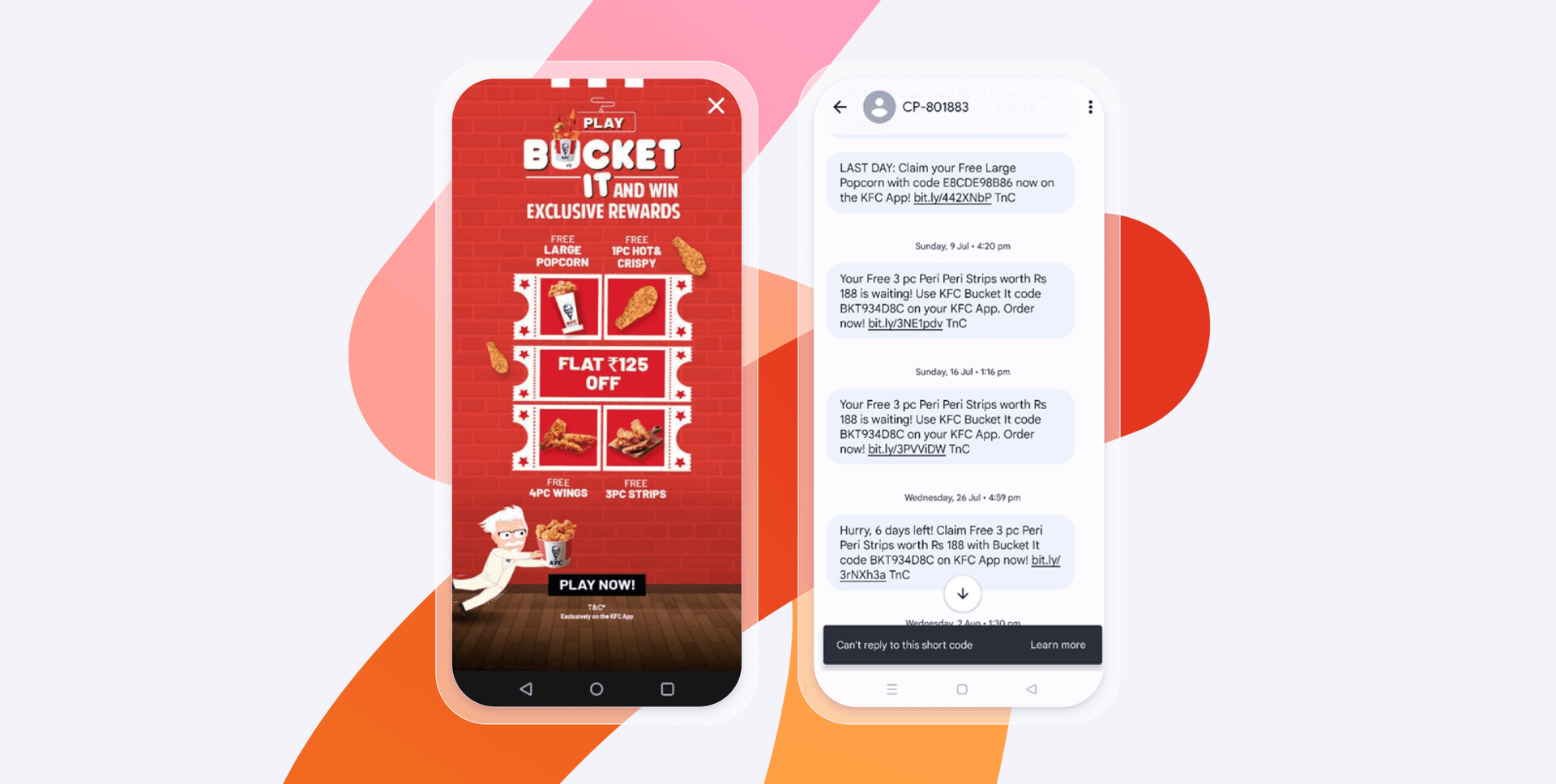
Each communication was personalized using Liquid with unique coupon codes and offer details. To amplify the campaign's reach, KFC India also utilized targeted advertising on Facebook and Google. Real-time performance management was achieved through partnerships with Branch for tracking and Snowflake for data management, allowing continuous optimization based on user interactions.
Game sessions from in-app message redirects tripled, driving 80% of all sessions, while SMS engagement saw a 20% higher conversion rate than typical campaigns.
Snoonu, Qatar’s fastest-growing tech company, provides a one-stop shopping and delivery solution. To counter seasonal slowdowns and keep users engaged, Snoonu sought creative ways to drive app interactions.
Snoonu needed cost-effective strategies to increase engagement and retention, especially during seasonal declines.
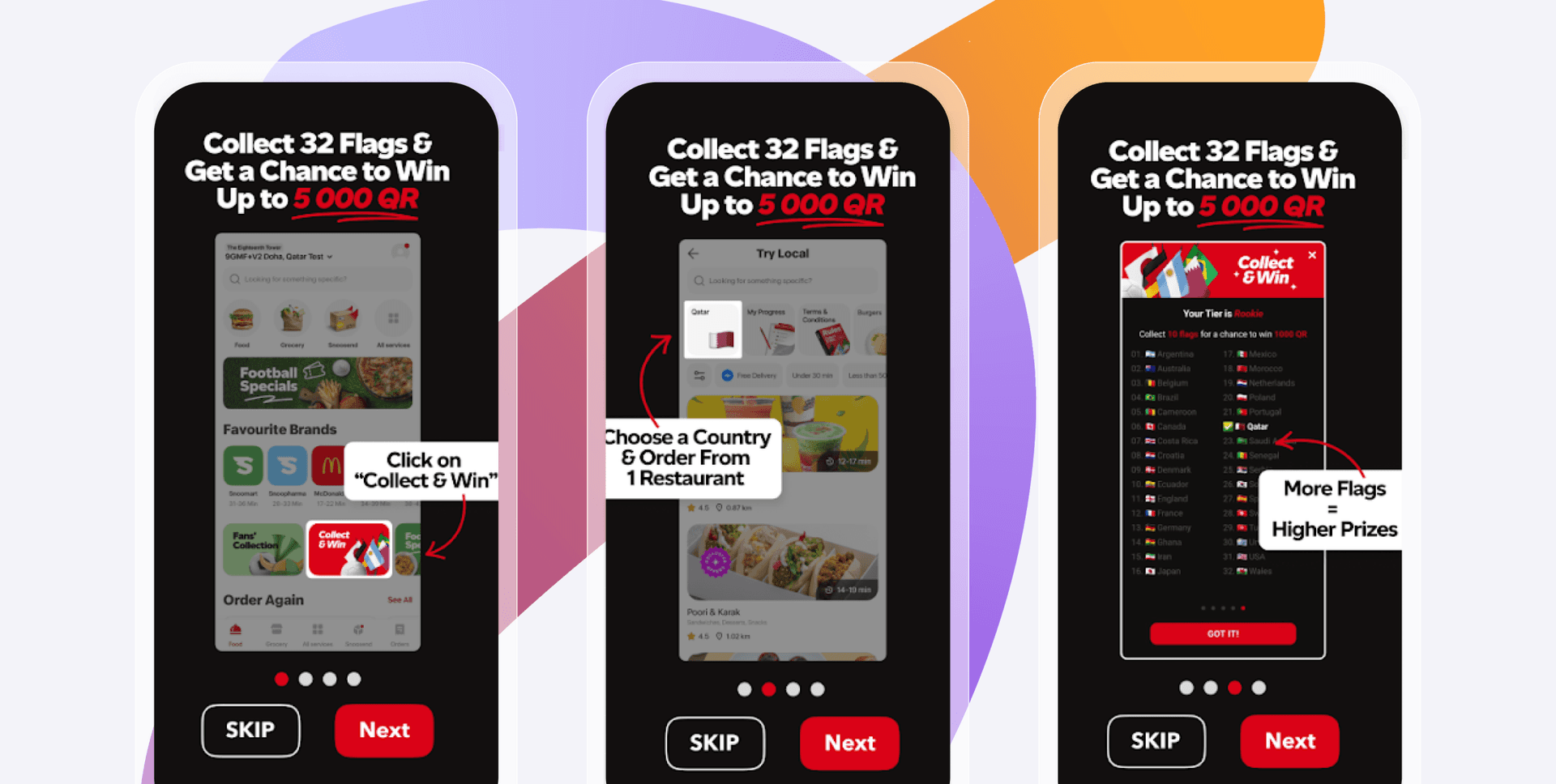
Snoonu introduced gamified in-app experiences powered by Braze’s customer engagement platform and Braze Alloys partner Amplitude. Two key campaigns drove engagement:
The campaigns used custom attributes and webhooks to track progress and deliver personalized in-app messages, emails, and push notifications.
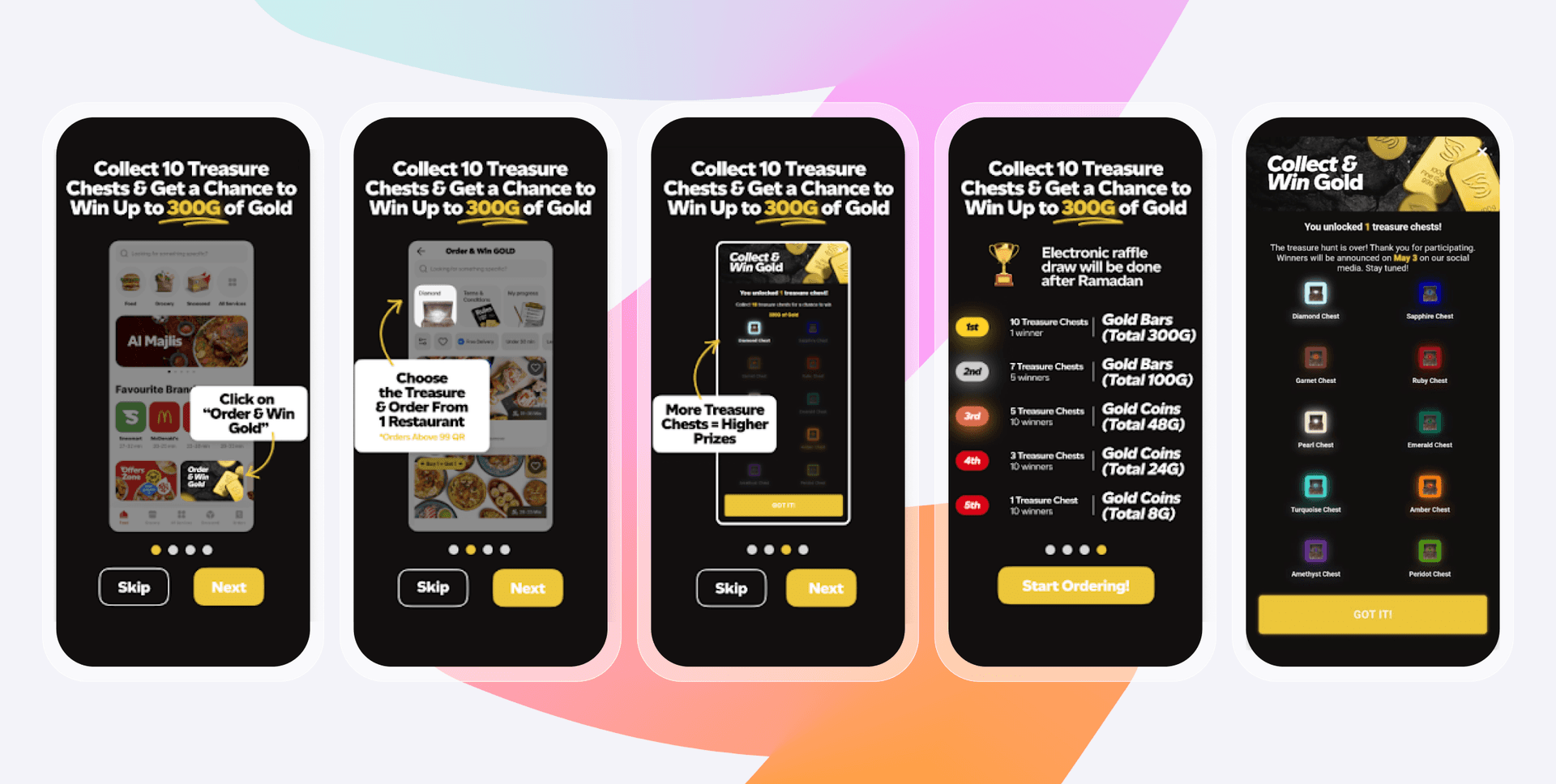
By gamifying engagement, Snoonu increased order frequency, spending, and long-term customer retention.
Mon-marché.Fr is a Paris-based online grocer delivering fresh produce, meat, dairy, and more to households in the city and surrounding areas. Operating 15 hours a day, seven days a week, it offers a convenient way to access high-quality groceries.
Mon-marché.Fr wanted to enhance engagement and increase orders through personalized messaging but faced challenges that a lot of businesses in the CPG industry do, including integrating external data without dedicated technical resources.
Using Braze Data Transformation, mon-marché.fr automated data imports, enabling seamless personalization without requiring manual integration.
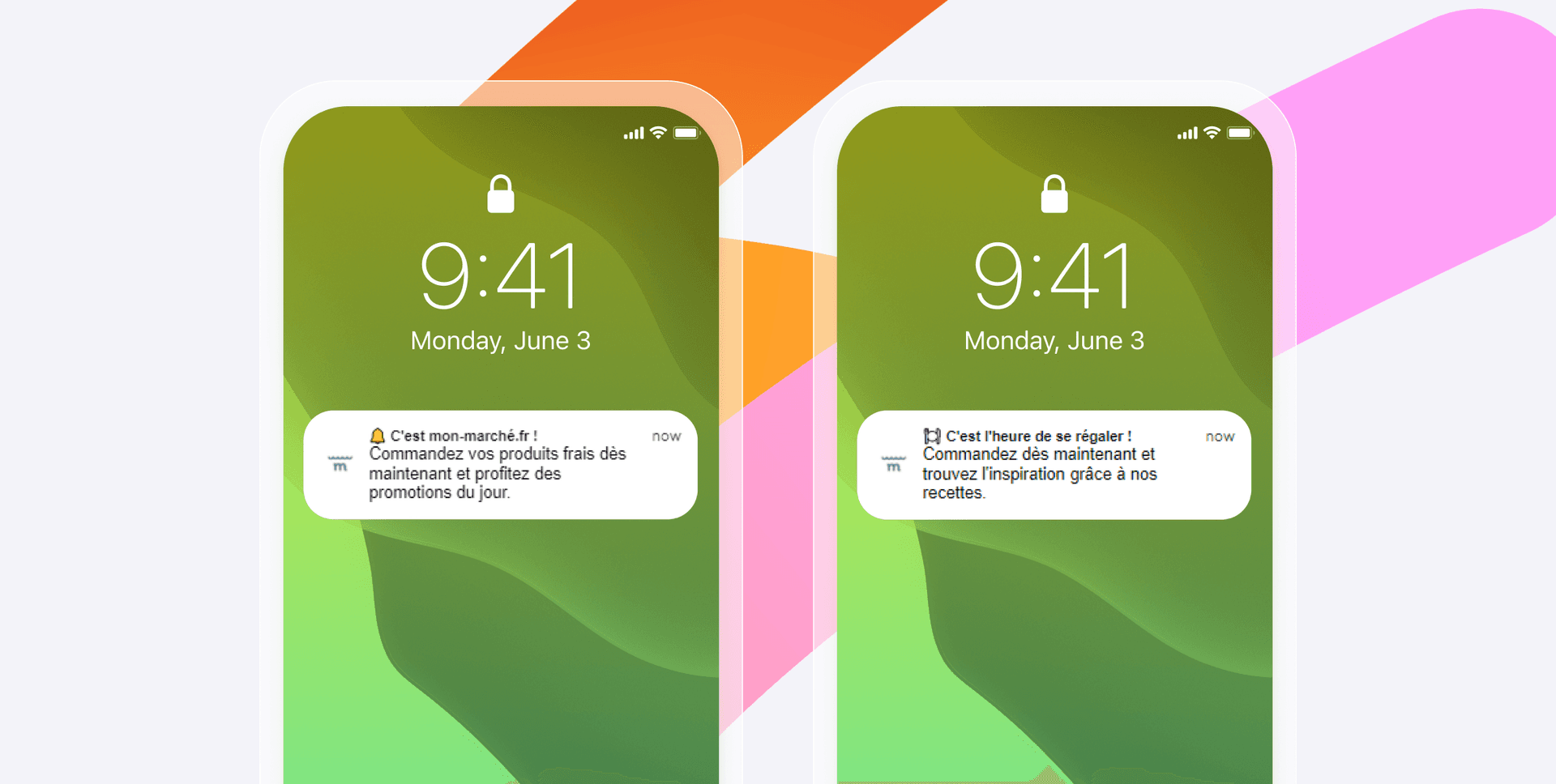
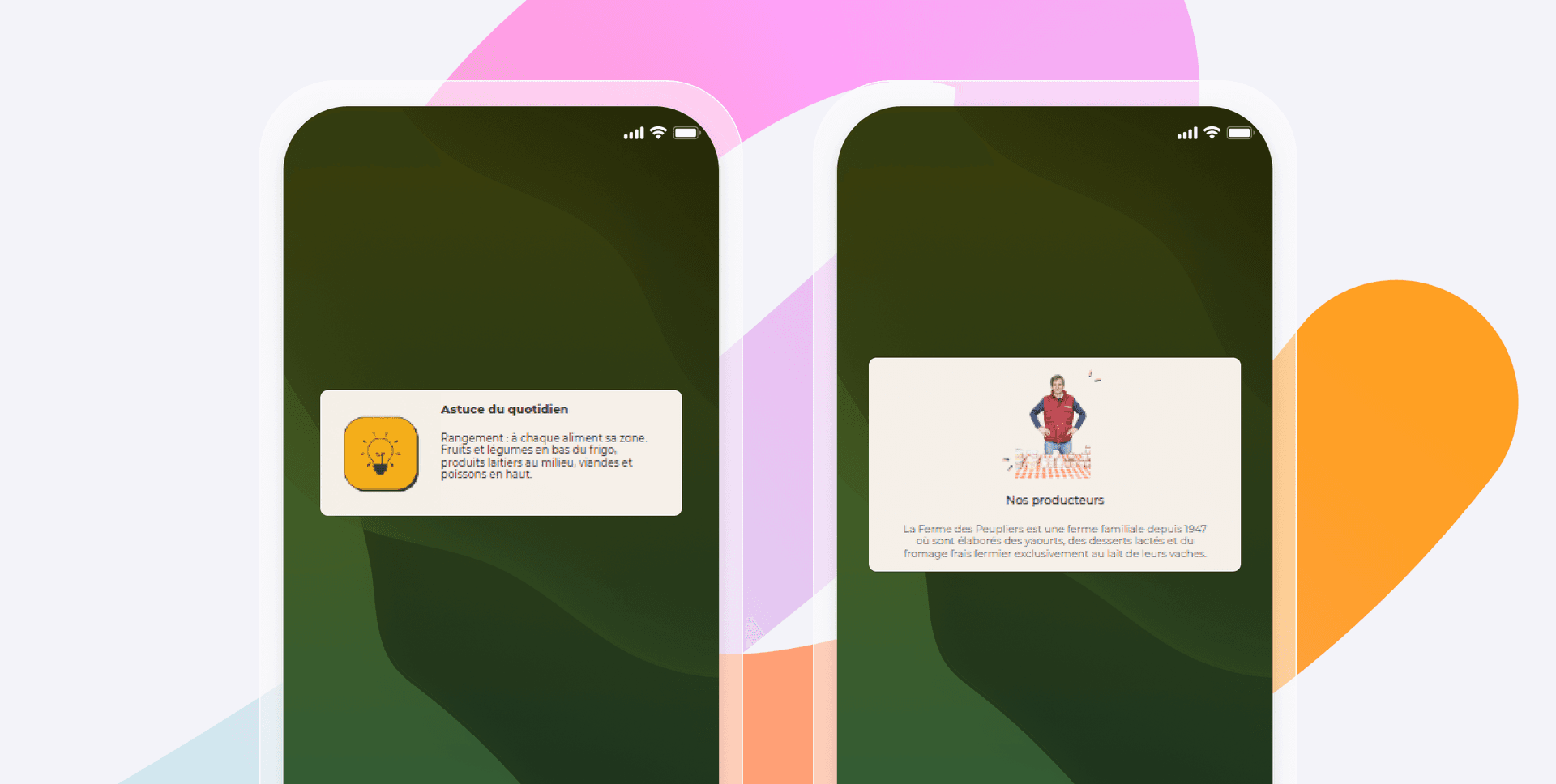
This approach removed the need for manual API calls and third-party tools, simplifying data integration. With access to Net Promoter Scores (NPS), product reviews, and communication preferences, the team could create more personalized campaigns.
For example, they launched the "It's Time to Order" campaign, using Braze Connected Content to send tailored reminders based on customer preferences.
Leveraging Braze Data Transformation led to significant improvements:
Dutch Bros, an Oregon-based drive-thru coffee company, is known for its handcrafted beverages and strong customer relationships. With over 800 locations across the US, the brand prioritizes meaningful interactions.
Dutch Bros needed to enhance its digital customer experience to match the personalized feel of its physical locations. However, fragmented messaging platforms caused inconsistent interactions and higher operational costs. The company sought a unified solution to manage the user lifecycle, segment audiences, and track campaign performance in real time.
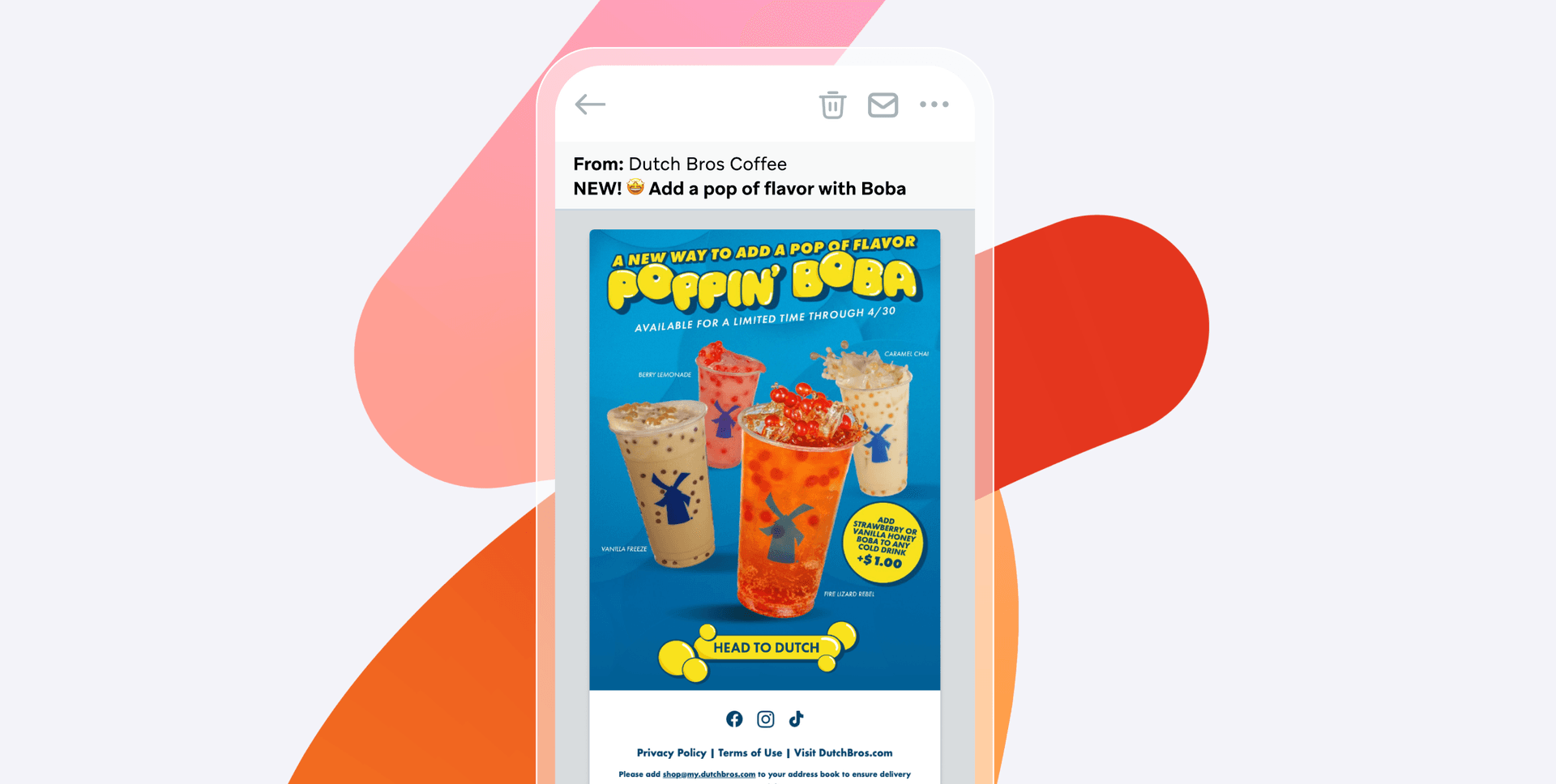
Dutch Bros partnered with Braze, including Technical Account Management (TAM) and Support Engagement Lead services, to unify SMS, email, push notifications, and in-app messaging into a single platform. This allowed them to deliver personalized, product-based messages tailored to customer preferences.
Using Braze Canvas, Dutch Bros built cross-channel, dynamic campaigns that engaged customers at key moments, strengthening relationships and enhancing the digital experience.
The campaign delivered impressive outcomes:
We surveyed 2,300 marketing leaders across 18 countries to learn what’s working for top-performing brands, what the future of customer engagement looks like, and actionable solutions to the strategic challenges they present.
Whether you're transitioning from another platform or building a customer engagement model from the ground up, planning is everything. Think of it like mapping out a road trip—when you know your destination, it’s a lot easier to chart the best route. The same goes for choosing the right customer engagement model—having a clear strategy upfront makes execution smoother, more efficient, and more impactful.
By figuring out your engagement approach early, you can reduce implementation costs, streamline operations, and set your team up for long-term success. To help you get started, we’ve outlined four simple steps that can help build a strong, scalable engagement model that delivers real results.
Before designing a customer engagement model, clarify what success looks like for your business. Your industry, business model, and long-term vision shape your goals, but the challenge is making sure engagement efforts align with them.
Key performance indicators (KPIs) can help guide your strategy:
Not all customer actions are equal. High-value actions (HVAs) indicate deeper engagement and drive conversions, loyalty, and retention. Identifying these actions helps refine your engagement strategy.
Examples of HVAs:
Once you’ve mapped out the HVAs that align with your key metrics, you can create targeted campaigns to encourage these behaviors.
For example, an eCommerce brand tracking product favorites can retarget users with personalized promotions. If a customer views a product page multiple times, they’re a prime audience for dynamic messaging or a limited-time discount.
Not all users engage the same way. Some interact occasionally, while others are highly active and deeply invested. Defining these groups helps tailor engagement strategies.
An active user might log in weekly, complete key actions, or engage with messages. Power users—your most valuable customers—frequently purchase, spend more time in-app, or interact across multiple channels.
Beyond engaging active users, consider reactivating lapsed ones. Segmenting users by session frequency, last login date, or purchase history allows for personalized re-engagement strategies. The goal is not just reaching more people but reaching the right people at the right time.
Customers engage in different ways, so meeting them on the right channels is key. A mix of in-product and out-of-product messaging creates a seamless experience.
Key channels to consider:
Choosing the right mix means messaging reaches users where they are most likely to engage.
A cross-channel approach to marketing is becoming increasingly essential for delivering the kind of cohesive experiences customers have come to expect. In this guide, you'll learn:
By utilizing AI-driven insights and personalized experiences, brands can connect with their customers on a deeper level to better achieve business goals. Here’s how to incorporate AI into your customer engagement model:
By incorporating AI-driven customer engagement models into your strategy, you can enhance personalization, improve operational efficiency, and ultimately drive stronger customer relationships. As you explore these opportunities, remember that the goal is to create meaningful interactions that foster loyalty and long-term success.
Businesses can track success by monitoring key metrics like Net Promoter Score (NPS) to gauge customer loyalty, Customer Lifetime Value (CLV) to measure long-term revenue potential, and engagement rate to see how actively users interact with content and campaigns. Regularly analyzing these insights helps refine strategies and improve customer relationships over time.
Yes, investing in a customer engagement mode is cost-effective for small businesses. You don’t need massive budgets to build strong engagement. Automated email campaigns, personalized social media interactions, and targeted messaging can boost retention and customer satisfaction without heavy upfront costs. Even small, strategic efforts can make a big impact.
Customer engagement platforms (like Braze), can help businesses track customer behavior, automate interactions, and optimize engagement at scale. It might also be helpful to have customer data platforms (CDPs), data warehouses, analytics tools, and other tools to bring your customer engagement strategy to the next level.
Customer engagement models are strategic frameworks that define how businesses interact with their audience at different stages of the customer journey. These models help brands build meaningful relationships, enhance satisfaction, and drive long-term loyalty.
The right customer engagement model isn’t just a strategy—it’s the foundation for building lasting relationships and driving sustainable growth. Whether you’re a fast-scaling startup or a well-established enterprise, aligning your engagement efforts with a structured approach can lead to more meaningful interactions, higher retention, and greater revenue impact.
By understanding your customers, leveraging data-driven insights, and choosing the best mix of personalization and automation, you can build engagement that exceeds expectations.
Ready to take your customer engagement to the next level? Braze helps brands create personalized, real-time interactions across their favorite channels—so you can build stronger relationships with your customers.
Forward-Looking Statements
This blog post contains “forward-looking statements” within the meaning of the “safe harbor” provisions of the Private Securities Litigation Reform Act of 1995, including but not limited to, statements regarding the performance of and expected benefits from Braze and its products. These forward-looking statements are based on the current assumptions, expectations and beliefs of Braze, and are subject to substantial risks, uncertainties and changes in circumstances that may cause actual results, performance or achievements to be materially different from any future results, performance or achievements expressed or implied by the forward-looking statements. Further information on potential factors that could affect Braze results are included in the Braze Quarterly Report on Form 10-Q for the fiscal quarter ended October 31, 2024, filed with the U.S. Securities and Exchange Commission on December 10, 2024, and the other public filings of Braze with the U.S. Securities and Exchange Commission. The forward-looking statements included in this blog post represent the views of Braze only as of the date of this blog post, and Braze assumes no obligation, and does not intend to update these forward-looking statements, except as required by law.
Sign up for regular updates from Braze.




